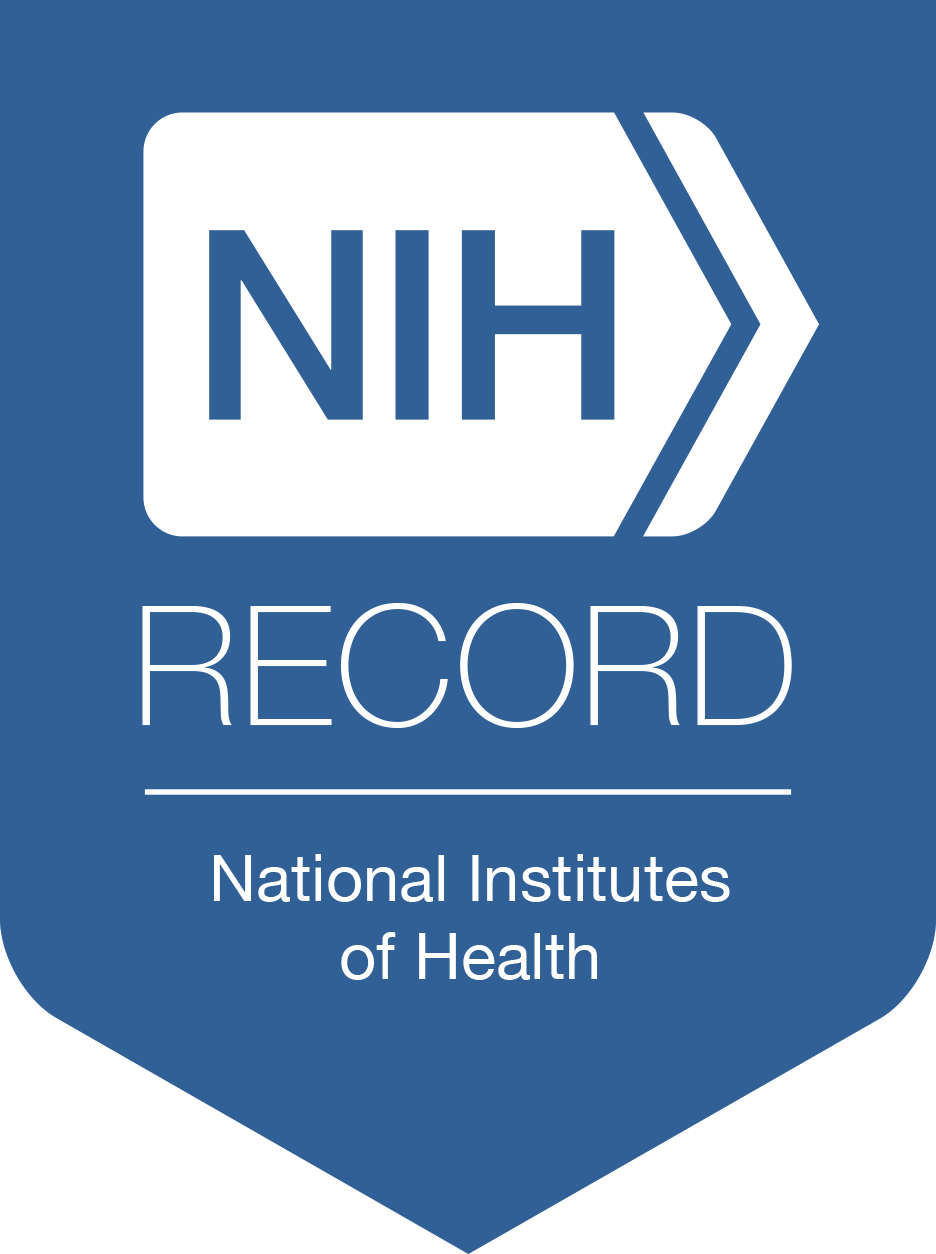Repurposing a Blood Pressure Drug May Prevent Vision Loss in Inherited Blinding Diseases
New studies in rats suggest the drug reserpine, approved in 1955 for high blood pressure, might treat the blinding disease retinitis pigmentosa. No therapy exists for this rare inherited disease, which starts affecting vision from childhood. A report on the studies, conducted at NIH, was published in eLife.
Inherited retinal dystrophies cause degeneration of the retina, the light-sensing tissue at the back of the eye. Vision loss can be present at birth or develop later in early adulthood. Disease progression varies depending on the gene involved. Gene therapies to correct inherited retinal dystrophies are promising but take a long time to develop, are gene specific and often quite expensive.
The findings are the latest evidence that reserpine improves survival of photoreceptor cells, the light-detecting retinal neurons that die in retinitis pigmentosa and other retinal dystrophies.
In their latest work, the NIH research team tested reserpine in a rat model of a dominant form of retinitis pigmentosa caused by a mutation in the visual pigment gene rhodopsin. Compared to untreated rats, reserpine preserved the process by which photoreceptors convert light that enters the eye into electrical signals that are sent to the brain to produce vision.
Unexpectedly, reserpine better protected rod photoreceptors in female rats. The scientists also observed significant preservation of cone photoreceptors in female rats compared to male rats.
The lab is developing additional, more potent reserpine-related drugs. Such options could treat late-onset or slowly progressing inherited retinal dystrophies or simply stall vision loss in aggressive retinitis pigmentosa varieties until more effective treatments are developed that can reverse that vision loss.
Reserpine is no longer used for treating high blood pressure because of its side effects. The required dosage for treating retinal degeneration, however, would be very low and directly delivered in the eye.
